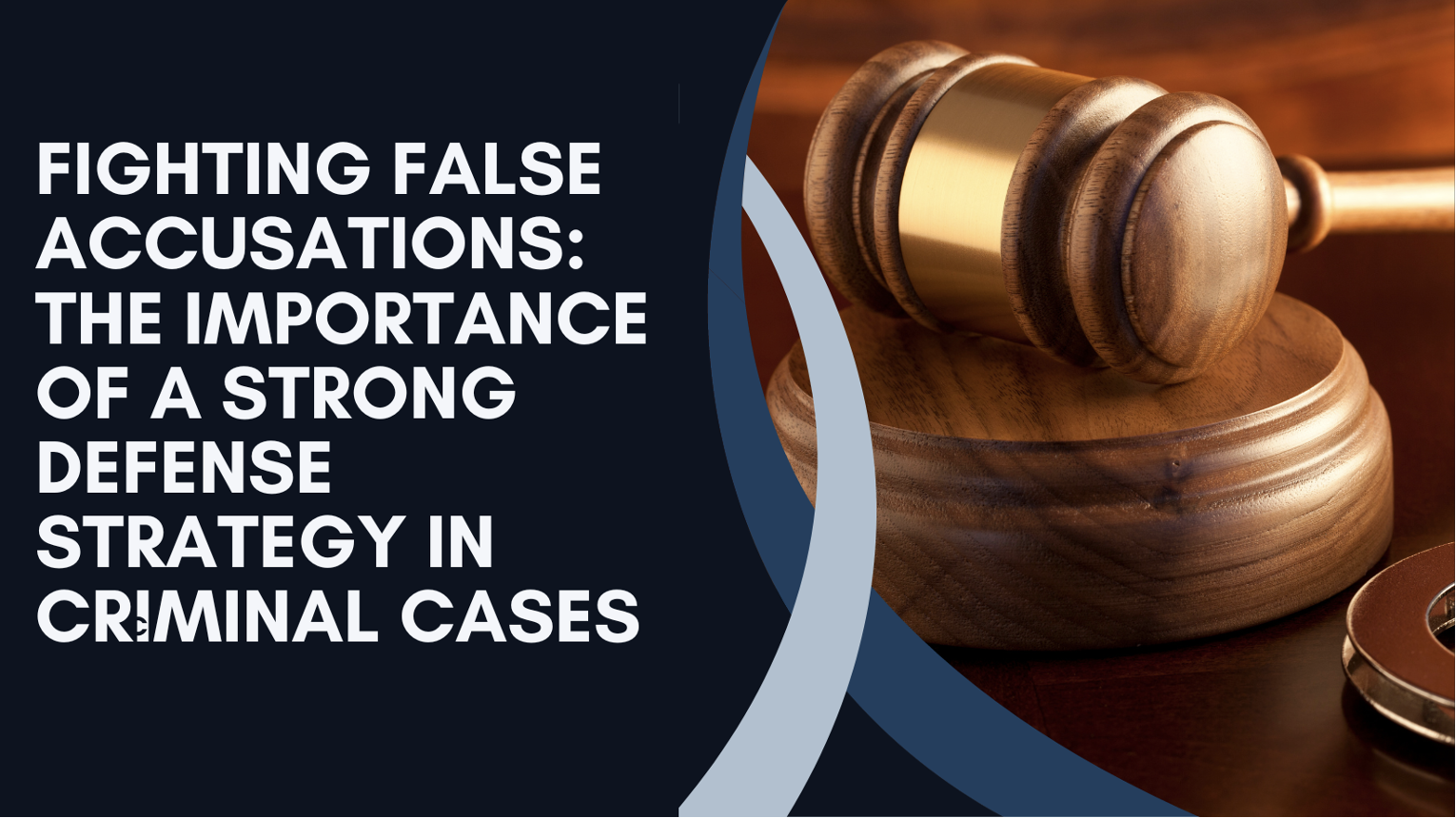Advertisements for personal injury lawsuits appear in many public places. The average person could have a general idea about personal injury claims. However, if they never filed a case, they might not be aware of several aspects of the litigation. Here is a general overview for those wondering how personal injury claims work.
Fault, Negligence, and Liability
The core element of any personal injury lawsuit is negligence. Someone’s negligent actions or nonactions must have led to another person’s injuries. For example, someone who shoves a person down a flight of stairs or leaves objects strewn on the stairs causing another person to fall could be held liable for the victim’s injuries.
Now, if the victim fell on the stairs because they did not tie their shoelaces, they’d likely be at fault for their injuries. Also, someone who injures another person in self-defense might not be liable. Using excessive and unnecessary force that exceeds self-defense may leave someone open to a personal injury claim.
Did someone’s intentional or negligent behavior cause someone to suffer a loss? That question would be at the core of many personal injury claims.
Types of Personal Injury Lawsuits
Personal injury lawsuits fall under several categories. Automobile accidents, dog bites, premises liability, nursing home abuse, medical malpractice, and defective products are some of the more common ones. Ultimately, the connecting thread among these different lawsuits is the primary element of personal injury claims: someone was at-fault for another person’s injury or loss.
Loss and Compensation
When someone suffers a loss because of another person’s negligence, they may seek compensation in court. Compensation could take numerous forms, ranging from loss of wages to medical expenses to loss of consortium. For example, someone who suffers catastrophic injuries in an automobile accident may suffer a drastic decline in income and look at costly medical bills and other post-accident expenses.
Compensatory damages provide awards for someone’s actual losses. So, the claimant must provide evidence of such losses. Medical bills and vehicle repair bills reflect some evidence a plaintiff might present.
Not all monetary awards are compensatory. A plaintiff might seek punitive damages for their losses. With punitive damages, the financial award intends to punish the negligent party for their behavior. So, if a drunk driver tries to evade police at 100 mph and strikes and kills a pedestrian, a personal injury lawyer might seek significant punitive damages.
Settlements vs. Jury Awards
Not all personal injury claims involve going to trial and receiving a jury award, if any. Often, personal injury lawsuits end with a settlement. A settlement involves the defendant making a financial offer to end the case. If the plaintiff accepts the payment, the litigation ends. Settlements could be preferred to resolve a personal injury claim since going to trial could become costly and lengthy. A settlement might be the preferable way to conclude the matter.
Insurance Claims
Many defendants could be covered under an insurance policy’s liability provisions. Automobile, homeowner’s, and commercial business liability policies should cover their client’s valid claim up to the policy limits. That means if the policy’s limit is $1 million, the insurance company only covers payout to that threshold. The plaintiff may sue above those limits, but the insurance company would not be obligated to pay the excess sum. Also, insurance companies face no requirements to pay for excluded items or anything that does not fall under covered incidents.
Negotiating a settlement with an insurance company could swiftly resolve a personal injury claim.
Statute of Limitations
State and federal law regulate personal injury lawsuits brought into the local and federal courts. Laws stipulate how long a person must file a personal injury claim under the statute of limitations. In California, the statute of limitations is either two years after the injury occurred or one year after the date the victim first discovered the injury. Once the statute of limitations expires, filing a claim might be impossible.
A personal injury lawsuit allows a victim to seek compensatory or punitive damages from a negligent party that caused a loss. Plaintiffs might accept a settlement to end the litigation, but they must take action before the relevant statute of limitations expires.













